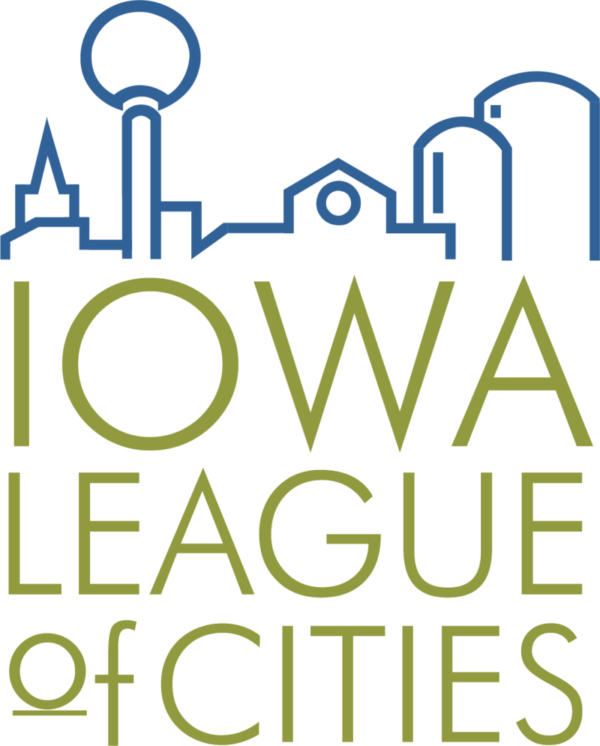Code of Iowa Chapter 427B allows cities to pass an ordinance establishing an industrial abatement to local property taxes for improving industrial real estate. The abatement is allowed on the actual value added to eligible properties. City officials should note that such policies abate or forgive all local taxes including school, county and city. However, note that property tax abatement for commercial and residential properties have new requirements and restrictions. See Division VII: Property Tax Abatement Agreements and Limits.
Abatement Schedule
Section 427B.3 provides a standard five-year abatement schedule on the amount of actual value added at a new or expanded facility that is eligible for the exemption:
- Year One: 75%
- Year Two: 60%
- Year Three: 45%
- Year Four: 30%
- Year Five: 15%
The ordinance may be enacted not less than 30 days after a public hearing is held in accordance with Section 362.3 (notice shall be not less than four nor more than 20 days prior to the public hearing). The ordinance shall designate the length of time the partial exemption shall be available and may provide for an exemption schedule in lieu of that provided in Section 427B.3 (noted above). However, an alternative exemption schedule adopted shall not provide for more tax exemption in a particular year than is provided for that year in the schedule contained in Section 427B.3.
Under Code of Iowa 404 cities can, by ordinance, create urban revitalization areas to encourage redevelopment or resolve the following problems:
- A predominance of buildings or improvements, residential or nonresidential, because they are dilapidated, deteriorated, obsolescence, inadequate ventilation, light, air, sanitation, or open spaces, high density of population and overcrowding, the existence of conditions which endanger life or property by fire and other causes or a combination of such factors, is conducive to ill health, transmission of disease, infant mortality, juvenile delinquency or crime, and which is detrimental to the public health, safety or welfare.
- The presence of a substantial number of deteriorated or deteriorating structures, predominance of defective or inadequate street layout, incompatible land use relationships, faulty lot layout in relation to size, adequacy, accessibility or usefulness, unsanitary or unsafe conditions, deterioration of site or other improvements, diversity of ownership, tax or special assessment delinquency exceeding the actual value of the land, defective or unusual conditions of title, or the existence of conditions which endanger life or property by fire and other causes, or a combination of such factors, substantially impairs or arrests the sound growth of a municipality, retards the provision of housing accommodations or constitutes an economic or social liability and is a menace to the public health, safety, or welfare in its present condition and use.
- A predominance of buildings or improvements which by reason of age, history, architecture or significance should be preserved or restored to productive use.
- To encourage an economic development area as defined in Section 403.17.
- An area appropriate for public improvements related to housing and residential development, or construction of housing and residential development, including single or multifamily housing.
Before an abatement or exemption can be granted, there is quite a bit of work with the city attorney and/or bond attorney to prepare what is proposed and adopted by the council. The specific area in the community must be designated (with a legal description) and various public hearings, ordinances and resolutions must be adopted. Then prior approval must be made for each project to receive the abatement under the terms of the ordinance.
Special Note: tax exemptions under urban revitalization for industrial property apply to all local taxes (including city, school, county, etc.). Caution should be exercised because none of the improvements will generate additional tax dollars until the exemption has expired. If the community has a tax increment finance district designated over the same parcel being developed, consult with the city’s bond attorney to avoid financial conflicts.






